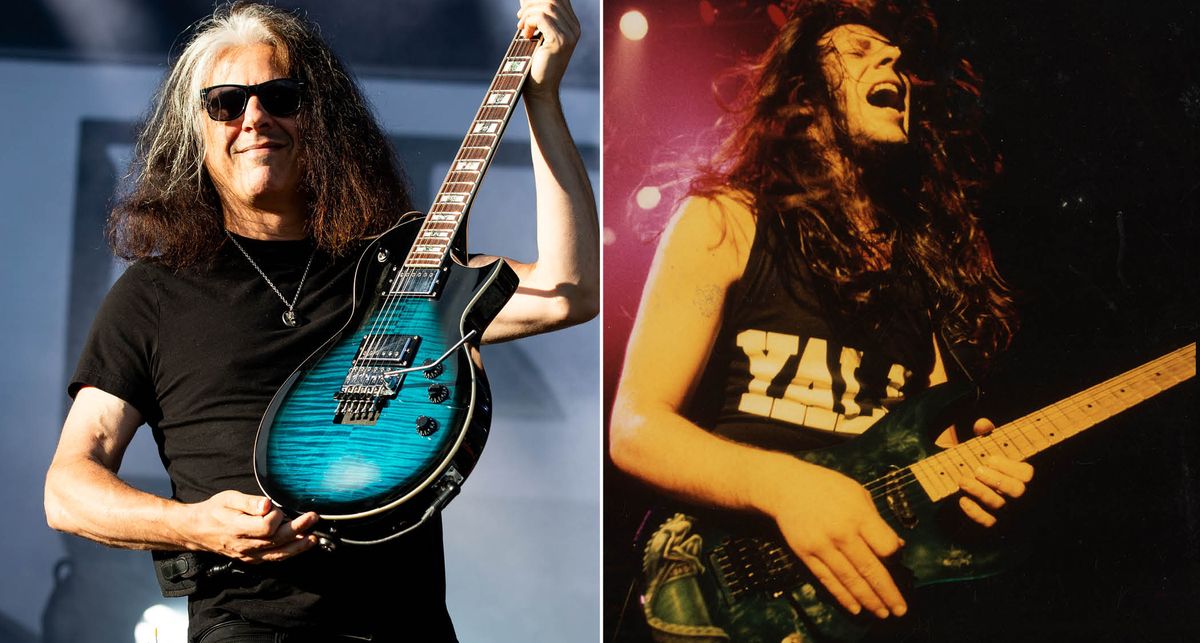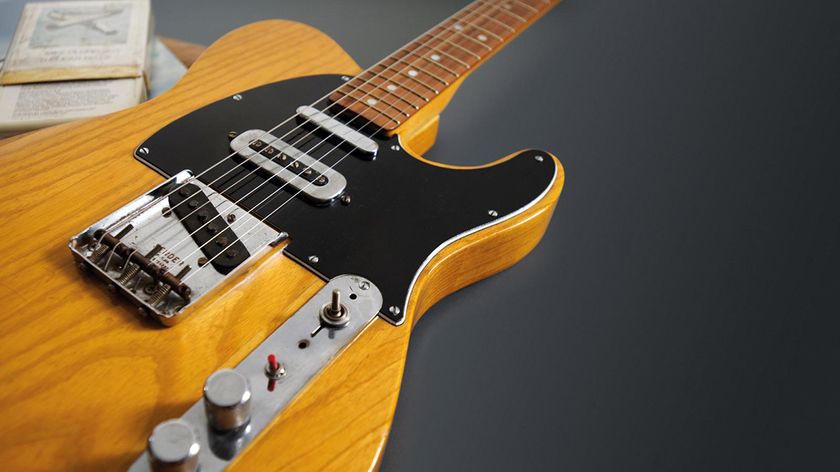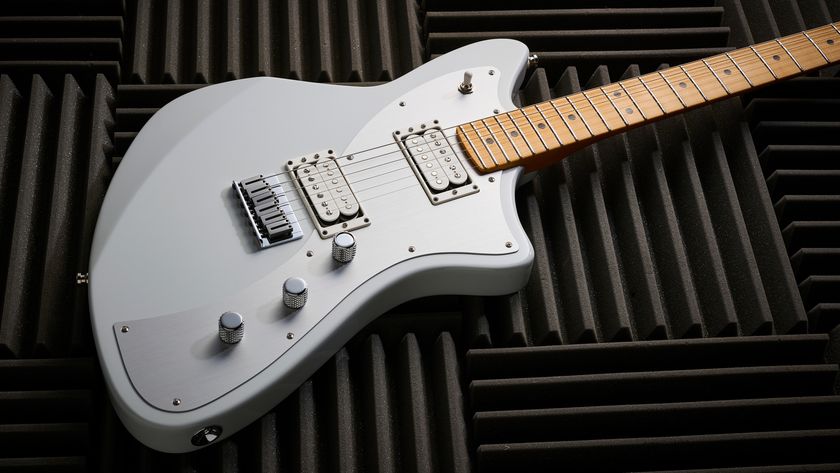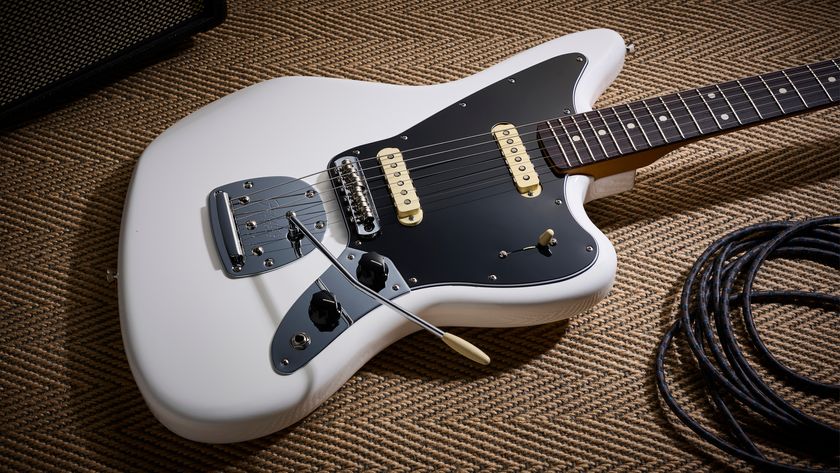“They really should replicate that, because it just has some magic”: Alex Skolnick on Criss Oliva's favorite guitar, “the Gargoyle” – the ESP Superstrat he likens to Billy Gibbons’ Pearly Gates Les Paul Standard
Skolnick got up close and personal with this one-of-one Mirage when he stepped up to replace the late Oliva in Savatage. Like the ZZ Top man's Burst, it has a tone that's all its own

The title track of Savatage’s 1993 album, Edge of Thorns, is a tale of deception. Its lyrics – written by the band’s late producer, Paul O’Neill – see the protagonist reflecting on a past flame and trying to convince himself that he’s moved on (“But I don’t think about you anymore,” the chorus’ final line states in faux defiance), while the truth is anything but.
Fittingly, the song’s music video – filmed in the swamps of Florida – is similarly deceptive, at least regarding the instrument used by the band’s late guitarist, Criss Oliva.
On the surface, it appears to be a Jackson, the brand that endorsed Savatage for many years; in reality, it’s a custom ESP Mirage featuring an airbrushed headstock that helped keep Oliva in good graces with his primary electric guitar supplier.
The body of the guitar – which featured a bolt-on maple neck and Bartolini pickups at the neck (single-coil) and bridge (humbucker) positions – was also airbrushed.
On it, Gary Smith – who contributed the cover artwork for four Savatage albums between 1987 and 1994, as well as the back cover for a fifth – painted several elements from the cover of 1989’s Gutter Ballet.
Oliva used the Gargoyle extensively in the studio and on tour until his 1993 death at the hands of a drunk driver. After his passing, the guitar continued to be featured on albums by Savatage (and later, Trans-Siberian Orchestra) as a means of not only honoring Oliva’s memory, but also his sound.
When Alex Skolnick joined Savatage at Tampa’s famed Morrisound Recording to contribute solos to 1994’s Handful of Rain (the band’s first release following Oliva’s death), he was given the opportunity to play the Gargoyle.
Get The Pick Newsletter
All the latest guitar news, interviews, lessons, reviews, deals and more, direct to your inbox!
“That’s one of those guitars that just had the right sound,” he says. “It had this extra quality that’s hard to describe technically – it’d be hard to describe the frequencies – but it sounded very warm and very thick, even though it’s not a Les Paul or a ‘classic’ guitar. It’s a super-Strat – one of those two-cutaway, post-Van Halen guitars – but it really had this tone that was unmistakable, much like other iconic guitars.”
Skolnick compares the Gargoyle to Billy Gibbons’ famed 1959 Les Paul, Pearly Gates. “I’ve had the pleasure of playing it; I happened to be visiting the Gibson showroom when [Gibbons] was there, and even with the really thin strings he uses, not even plugged in, it’s like, ‘OK, there it is – there’s that sound.’ The Gargoyle just has its own specific sound that was unmatchable by any other instrument.”
Skolnick would like to see the Gargoyle – which was played by Oliva’s brother, Jon, when the band toured in support of Handful of Rain (the last show of which was recorded for a live album, Japan Live ’94, that was recently released on vinyl for the first time), and more recently by Chris Caffery when Savatage reunited in 2015 to perform at Germany’s Wacken Open Air metal festival – officially cloned to capture its unique sound.
“They really should replicate that, because it just has some magic,” Skolnick says.

“What's incredible about this guitar is that it was Marc Bolan's before. That's a double whammy”: Mike Oldfield’s Tubular Bells Telecaster has cropped up on the BBC's Antiques Roadshow – after it was bought for $12,500

“One of the best legitimately new guitars Fender has produced in decades – despite one painfully positioned volume control”: Fender American Ultra II Meteora review
Most Popular









![Savatage - Edge Of Thorns (Official Music Video) [HD] - YouTube](https://img.youtube.com/vi/xHNVK9NY4JE/maxresdefault.jpg)

